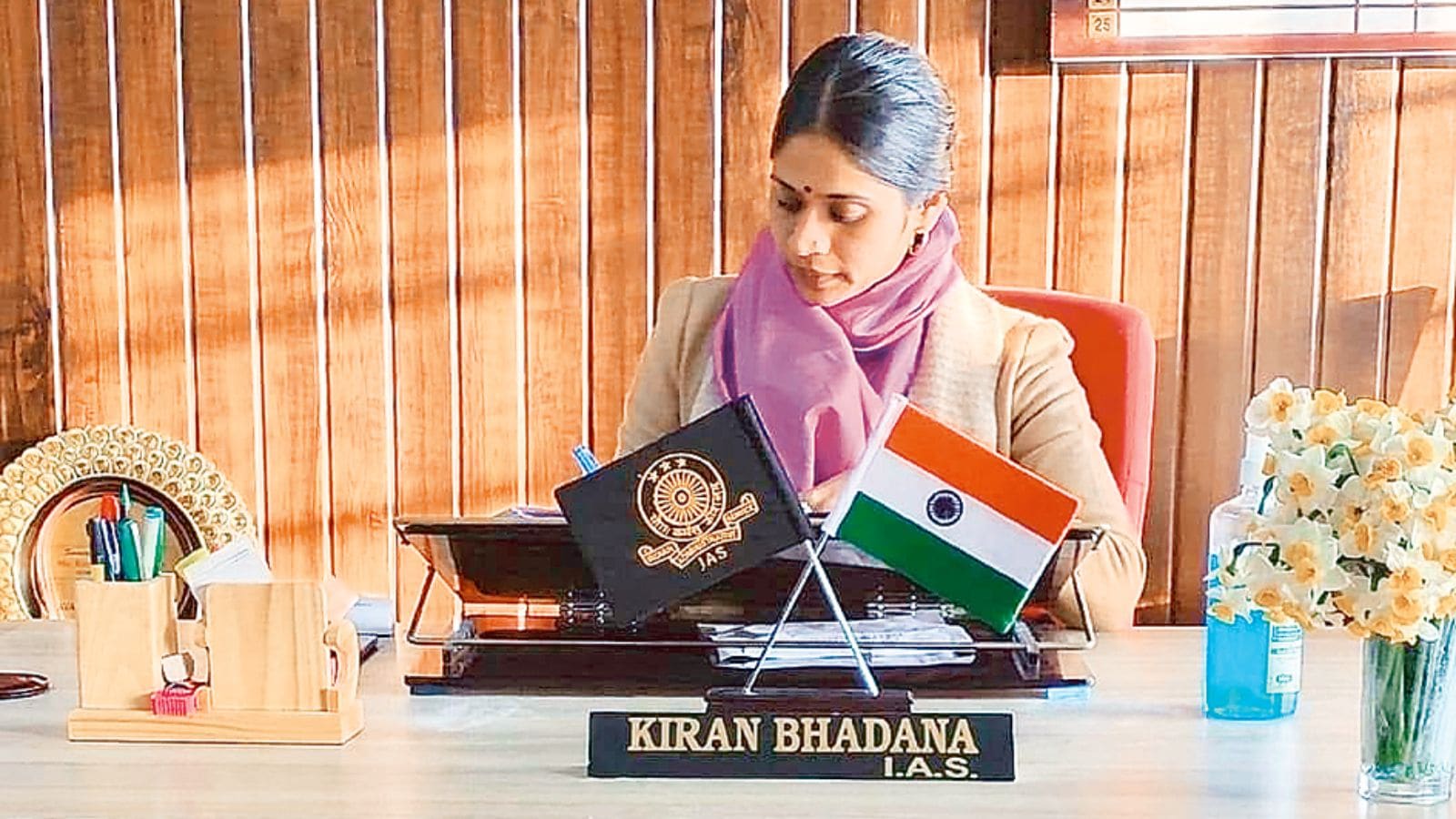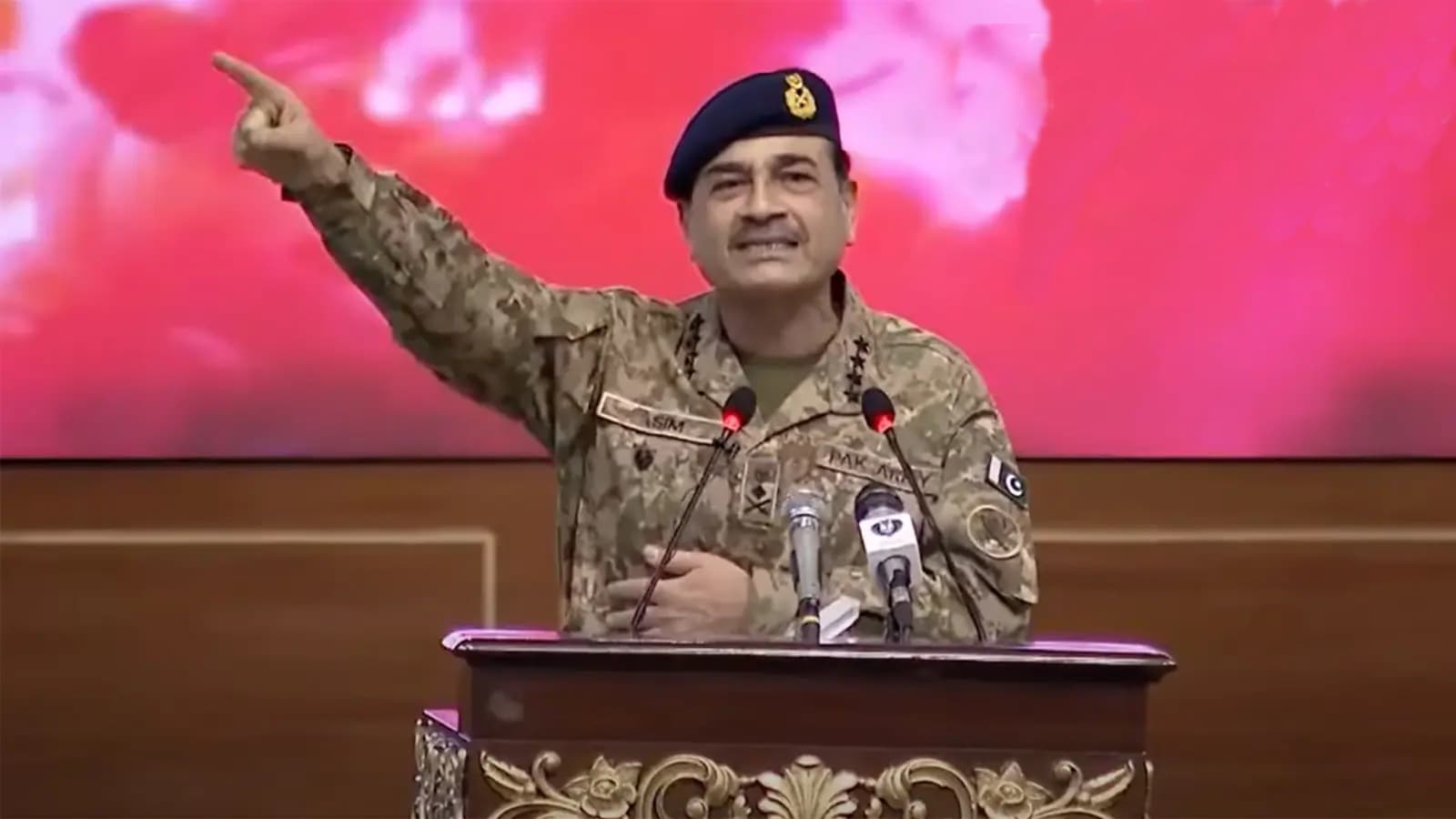50 years after the war, Vietnam looks to the future

HO CHI MINH CITY, Vietnam, April 29 (UPI) -- Fifty years after a North Vietnamese tank came crashing through the front gate of Saigon's presidential palace and brought an end to the nearly two-decade Vietnam War, the metropolis that has since been called Ho Chi Minh City is gearing up for a celebration. Once a symbol of devastation and conflict, Vietnam has emerged on the global stage as a dynamic, growing economy -- a remarkable turnaround seen most vividly in the former capital of the South. The North's Communists may have won the war, but the capitalists have won this cosmopolitan city of nearly 10 million people that buzzes with entrepreneurial energy. And while there remain scars from a conflict that left more than 3 million Vietnamese and nearly 60,000 American troops dead, the public mood is one of jubilance on the eve of a massive military parade on Wednesday, the official anniversary of the war's end on April 30, 1975. Compared to previous anniversaries, "the scale of preparation is much larger, and the atmosphere is more confident, even celebratory," Nguyen Khac Giang, a visiting fellow at the Singapore-based ISEAS-Yusof Ishak Institute, told UPI. One striking change is the participation of military units from Cold War allies Cambodia, Laos and China in the parade -- a first for Vietnam, Giang said. "The way the government is framing the event reflects a broader narrative of Vietnam's transformation from a war-torn, isolated nation into one of Asia's rising economic stars," he said. Also notable is the enthusiasm on display by Vietnamese in their teens and twenties, usually seen as apathetic and removed from the obscure politics of a one-party state. Driven by social media hype and a fear of missing out on one of the biggest celebrations the city has ever seen, young Vietnamese in patriotic outfits have been a festive presence at fireworks, street art installations and fighter jet airshows leading up to the anniversary. University student Thuy Pham traveled two hours from Dong Nai Province to Ho Chi Minh City to visit anniversary-related sites this week, including the city's War Remnants Museum. Posing for photos and shooting videos in the museum's courtyard, which features captured American tanks, planes and helicopters, Thuy said she wanted to showcase modern Vietnam to the rest of the world via TikTok and Facebook. "We want to share our pride in Vietnam with everyone," Thuy said, wearing a white ao dai -- a traditional Vietnamese tunic -- and holding a Vietnamese flag. "I also wanted to learn more about history and the suffering of the soldiers who fought for our country," she added. "I didn't know that much about it. I'm really thankful for their sacrifice." A message of reconciliation Others with a more direct experience of the war also have returned to Vietnam for the anniversary, from American veterans to legendary journalists to supporters of the South Vietnamese government who fled and started new lives elsewhere. Paul, a Vietnamese-American who asked to use only his first name when speaking to UPI, managed to escape from Saigon with his well-connected Southern family one day before the North's tanks and troops arrived. "We knew we had to leave," Paul, who was 13 at the time, said. "We were terrified about what would come next." After months of staying in camps in the Philippines and Guam, the family was eventually relocated as refugees to Fort Chaffee in Arkansas before starting over in the United States. And while his family was on the losing side of the war, Paul called his return to Vietnam "profoundly moving." "I wanted to be here on the day that changed my life," he said. "Some people will celebrate, some mourn. I did not fight in the war, so maybe I don't have the same sense of anguish. This week, I feel a sense of unity." That spirit of unity has been central to the messaging this year by Vietnamese leadership, particularly in an article written Sunday by To Lam, the General Secretary of Vietnam's ruling Communist Party. "After 50 years of national reunification, we have enough courage, faith, pride and tolerance to overcome the pain and look forward together -- so that the past war is no longer a gap between the children of the same [Vietnamese] bloodline," Lam wrote. "We believe that all Vietnamese people -- no matter where they live or what their past is -- can join hands and contribute to building a bright future for the nation," he wrote. "We cannot rewrite history, but we can reshape the future." Lam's message signals a remarkable change in tone for a Vietnamese leader, Carlyle Thayer, professor of politics and a Vietnam expert at the University of New South Wales, told UPI. "This is not a Communist monologue," Thayer said. "There is no negative content. It is a call for reconciliation." Thayer noted that Lam, who came to power in August, is looking to build a broad coalition of support in Vietnam ahead of the next Party Congress in early 2026, when he will seek to extend his position for a full five-year term. He is also reaching out to trade partners and Vietnamese living overseas to contribute to Vietnam's development, Thayer said, as the country faces headwinds from economic uncertainty that will test the party's leadership. Vietnam's export-heavy economy is particularly exposed to the effect of a China-U.S. trade war and President Donald Trump's proposed 46% tariff on Vietnamese imports. The World Bank in April cut its 2025 growth forecast for Vietnam from 6.8% to 5.8%, even as the Vietnamese government is maintaining its 8% growth target for the year. Controlling the narrative Tuong Vu, professor of political science at the University of Oregon and founding director of its U.S.-Vietnam Research Center, said that Hanoi's efforts to build up excitement around the anniversary could be a way to divert attention from potential bumps in the road ahead. "[The government] is trying to shape the narrative to create a unified message and reach out more deeply to various constituencies," Vu told UPI. "They want to convey an upbeat message so the new leadership can ride on a sentiment of national accomplishment," he said. "It's also an effort to buy time and cover worries about a changing international environment that is posing big challenges to the [Communist] Party." Hanoi is growing increasingly savvy about using social media and influencers to spread its messaging to a younger audience, Vu added, while at the same time consolidating control over the traditional media landscape and cracking down on dissenting voices. Over the past six years, Vietnam has ratcheted up enforcement of an open-ended law to imprison at least 124 people for "infringing upon state interests," as Human Rights Watch noted in a report released last week. Fifty years after the war's end, the city many still refer to as Saigon has transformed almost beyond recognition. From its soaring skyline to its newly opened subway to the home-grown VinFast electric cars filling its roads, the remarkable distance the country has traveled since the war's end is on full display. But after the parade ends and the celebrations die down, Vietnam will have to take the next steps in a post-war journey filled with daunting challenges, the ISEAS-Yusof Ishak Institute's Giang said. "The return of great-power rivalry, a stubborn middle-income gap, rapid aging and environmental degradation all threaten to slow Vietnam's remarkable ascent and its open economy," Giang said. "These of course could not compare to the existential struggles of half a century ago, but how Vietnam weathers them will define its place in the decades to come."


















